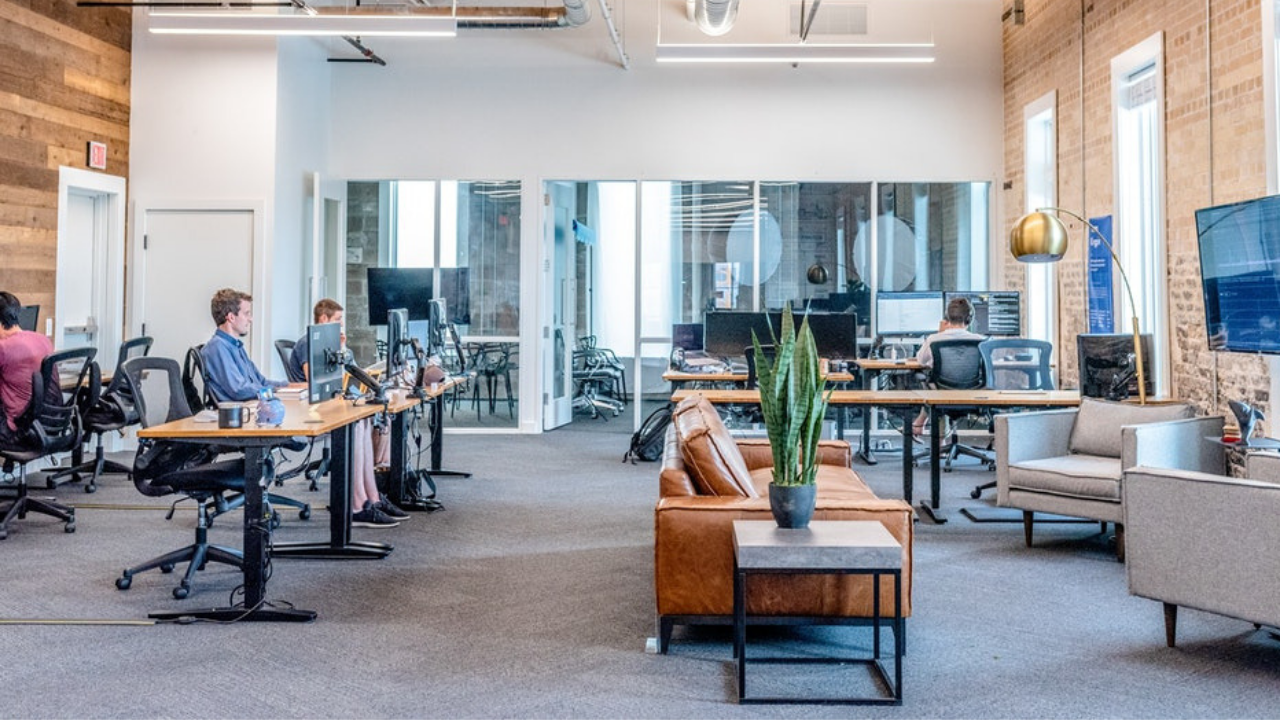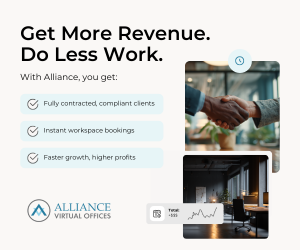After the financial crisis of 2008, office vacancies skyrocketed and left landlords to rent out spaces at discounts to avoid seeing them empty. With the rise of technology, freelancers and SME’s, operators found a gap in the market for coworking spaces.
Coworking provides amenities for a higher density of occupants, so finding a solid solution to accommodate everyone without spending extra money on the necessary services can be difficult.
Coworking layouts typically follow a similar model, offering high ceilings, coffee bars, break out areas, and a variety of work settings with the providers’ brand sprinkled throughout.
Some firms’ brands are more heavy-handed than others, so it makes it harder for occupants to represent themselves. Providing a blank canvas for members can create a more variant, unique atmosphere while saving operators a considerable amount of money.
Including wellness within a space has become more and more valuable to potential occupants. Offering natural light, yoga classes, and good air circulation is attractive tenants, but incorporating these services can rack up the bill. To avoid additional expenses, some providers use full wellness accreditations as a guide to improve their own wellness standards.
Incubator-style spaces are also a way to provide smaller startups with mentorships and seed money, while developing long-term relationships with tenants that could possibly lead them to extend their leases beyond the average 1-3 years.


 Dr. Gleb Tsipursky – The Office Whisperer
Dr. Gleb Tsipursky – The Office Whisperer Nirit Cohen – WorkFutures
Nirit Cohen – WorkFutures Angela Howard – Culture Expert
Angela Howard – Culture Expert Drew Jones – Design & Innovation
Drew Jones – Design & Innovation Jonathan Price – CRE & Flex Expert
Jonathan Price – CRE & Flex Expert











